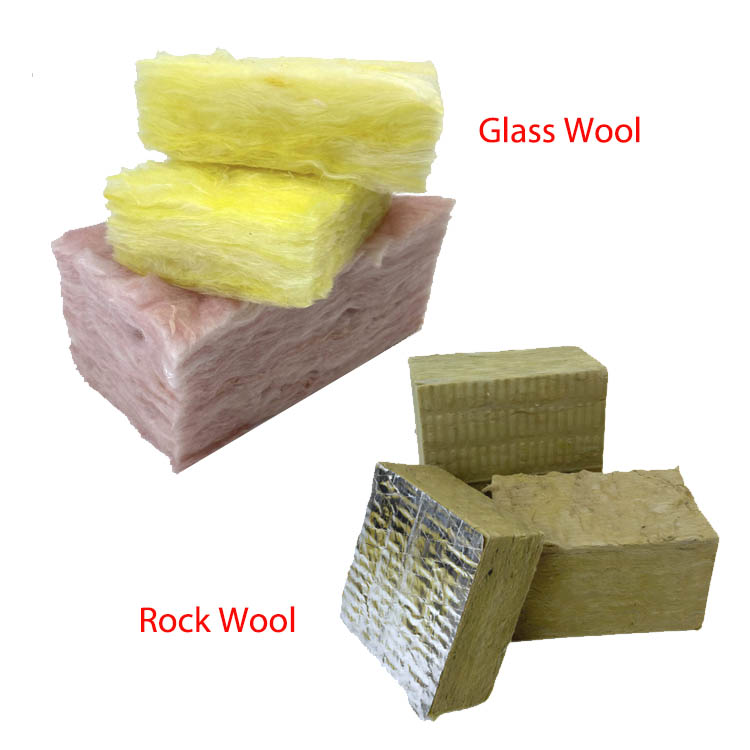Rockwool and fiberglass are two popular insulation materials that are commonly used for various applications such as building insulation, soundproofing, and more. Here are some key differences between the two:
-
- Composition: Rockwool is made from volcanic rocks that are melted and spun into fibers, while fiberglass is made from melted glass that is spun into fibers.
- Working temperature: rock wool’s working temperature is up to 649C, while fiberglass is below 350C.
-
- Application: Rockwool is frequently utilized in industrial insulation projects, such as those in oil and power plants, because it boasts a higher operating temperature. On the other hand, fiberglass is widely used in commercial and building insulation due to its lower operating temperature.
- R-value: R-value is a measure of insulation’s ability to resist heat flow. Rockwool typically has a higher R-value per inch than fiberglass.
- Fire resistance: Rockwool is naturally fire-resistant and has a higher melting point than fiberglass, making it a better choice for applications where fire resistance is a concern.
- Moisture resistance: Both rockwool and fiberglass are resistant to moisture, but rockwool is better at resisting water absorption and has a higher resistance to mold and mildew.
- Weight: Rockwool is denser and heavier than fiberglass.
- Cost: The cost of rockwool and fiberglass insulation can vary depending on the specific product and application, but in general, fiberglass is less expensive than rockwool.
- Environmental impact: Rockwool production is energy-intensive and has a higher carbon footprint compared to fiberglass, which is made from recycled glass.
In conclusion, both rockwool and fiberglass have their own unique characteristics and can be used for various applications, but it’s important to choose the right one based on the specific requirements of your project.


